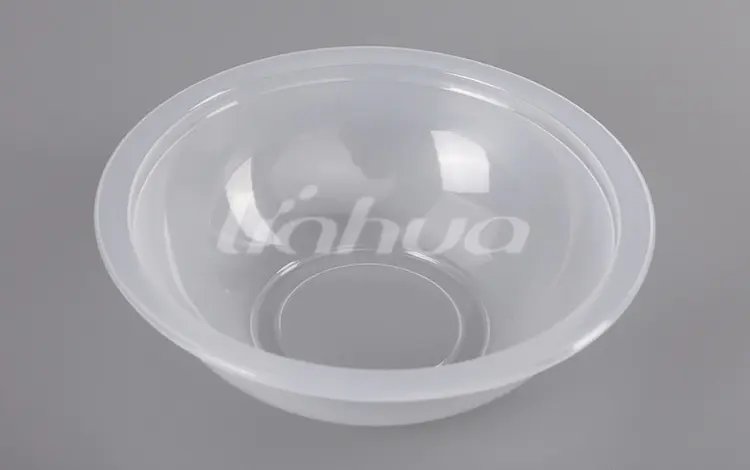What are the potential cost savings or benefits associated with transitioning to more sustainable materials for airline plastic cups?
Transitioning to more sustainable materials for airline plastic cups can offer several potential cost savings and benefits for airlines. Here are some of the key advantages:
1.Reduced Material Costs:
Sustainable materials, such as bioplastics or recycled plastics, may initially appear costlier than traditional petroleum-based plastics. However, as the demand for these materials grows and production scales up, economies of scale can lead to reduced material costs.
Negotiating long-term contracts with suppliers of sustainable materials can provide airlines with cost predictability and potentially favorable pricing.
2.Weight Reduction:
Sustainable materials are often lighter than conventional plastics, which translates into tangible cost savings for airlines. Reduced cup weight means less overall weight on the aircraft, leading to lower fuel consumption and operating costs.
Airlines can calculate the precise fuel savings achieved by using lighter cups based on their fleet size, flight distances, and fuel efficiency metrics.
3.Environmental Reputation:
The adoption of sustainable materials in plastic cups aligns with the global trend toward environmental responsibility. Airlines can leverage this commitment to enhance their environmental reputation.
A positive reputation can lead to increased passenger loyalty and a competitive edge, potentially translating into higher ticket prices or repeat business.
4.Regulatory Compliance:
Airlines operating internationally must adhere to various environmental regulations, including those related to plastic waste. Failure to comply with these regulations can result in fines and legal repercussions.
Using sustainable materials for plastic cups can help airlines avoid regulatory penalties and demonstrate their commitment to environmental compliance.
5.Recycling and Waste Management Savings:
Sustainable materials are often designed to be more easily recyclable or compostable. This can result in reduced waste management costs for airlines.
Airports and destinations may offer incentives, such as reduced waste disposal fees, to airlines that use recyclable materials, leading to additional cost savings.
6.Branding and Marketing Opportunities:
Airlines can leverage their sustainable practices, including the use of eco-friendly cups, as a marketing tool. This can resonate with environmentally conscious travelers and generate positive publicity.
Effective marketing campaigns can attract new customers, strengthen brand loyalty, and contribute to revenue growth.
7.Long-Term Cost Stability:
Sustainable materials often have more stable pricing than petroleum-based plastics, which are subject to fluctuations in oil prices.
By using sustainable materials, airlines can reduce their exposure to price volatility and better forecast cup-related expenses over the long term.
8.Innovation and Differentiation:
The pursuit of sustainability can drive innovation in cup design and functionality. Sustainable materials may enable airlines to create cups with unique features or improved passenger experience.
Differentiated products can enhance passenger satisfaction and contribute to an airline's competitive advantage.
9.Reduction in Plastic Waste Fees:
Airlines operating in regions or airports with plastic waste fees or taxes can benefit financially from reducing the volume of plastic waste generated.
Lower waste fees contribute directly to cost savings for airlines, making sustainable materials an economically viable choice.
10.Government Incentives:
Some governments offer incentives, subsidies, or tax breaks to businesses that adopt sustainable practices, including the use of eco-friendly materials.
Airlines can explore these incentives to offset transition costs and promote sustainability as part of their corporate social responsibility efforts.
Our MAP trays are made from a high barrier, polypropylene material that can help extend shelf life. Hermetically sealed with barrier lidding film, the final output is a leak-proof package. This solid barrier tray/lidding film combination provides a self-contained BARRIER unit.

Post Comment